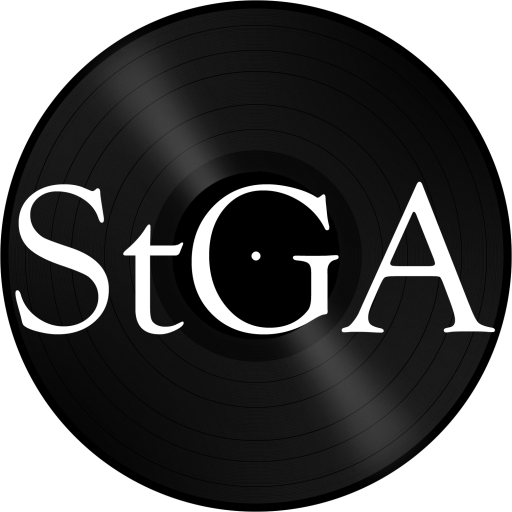 Our Lady Peace: Curve
Our Lady Peace: Curve
Having grown up with an oversaturation of Our Lady Peace singles on Canadian radio, I was skeptical about a new album. Curve was a pleasant surprise for someone who hasn’t enjoyed an OLP track since 2000; it’s a noticeable change from their previous work. Producer Jason Lader asked the band why they weren’t making a record they would want to listen to, a question that struck a chord. One of the perks of recording independently in singer Raine Maida’s home studio is that the band could scrap what it had and start over without the pressure of creating a marketable single. This is the eighth studio album for this veteran Canadian alt-rock band that has been around for almost twenty years (albeit with a few line-up changes.) Much has changed from their previous albums. Gone are Maida’s erratic, distinct falsettos (which haven’t been heard since 2000’s Spiritual Machines,) replaced with smooth lower tones. Lyrics have become more cryptic, returning to a state more like 1999’s “Is Anybody Home?” This is a welcome change from the perhaps too-literal singles about life’s difficulties (“Life” or “Innocent,” for example.) Guitarist Steve Mazur finally provides some riffs, most noticeably in “If This Is It.” It gives the song and the album as a whole an edge that has been lacking for over a decade.
The album has a dystopic yet hopeful theme influenced by the life, fight, and survival in and out of the ring of heavyweight boxing legend George Chuvalo, who is pictured on the album’s cover and performed the spoken portions of “Mettle.” Chuvalo, a tough and durable boxer who fought Muhammed Ali twice, lost two sons to drug overdoses and another son and his first wife to suicide. Now at age 74, he speaks to high school students about the dangers of drug use. The dystopias described in the songs may have also been influenced by Maida’s work with at-risk youth in war-torn countries with organizations like War Child. The bass-driven “Fire in the Henhouse” describes riots and protests, or “Shangri-La in reverse,” but also mentions changing and rebounding. “Heavyweight,” the title a clear nod to Chuvalo and the boxing theme, describes junkyard dogs, cherry bombs, and riots all while maintaining the struggle for purpose (or the “fight not to be weightless.”). The homesick “Rabbits” has lyrics about being lost, fleeing, and surviving. The dystopia is echoed in the distortion of instruments while maintaining ear-pleasing sounds: “Rabbits” features distorted guitar and electric piano; “Mettle” and “Heavyweight” have distorted, distant-sounding vocals. The latter pairs a distorted guitar with the verses in which the rough scenes are described, reserving slightly more hopeful words and clear instruments for the chorus.
Each song is unique from the rest on this record and influences seem to have been drawn from a variety of sources. The upbeat, rockabilly “As Fast As You Can” has similarities to current U2 anthems, including long belted notes and background “oohs.” There’s no denying it’s a catchy song, maybe even handclap-inducing, but it sounds like it’s been heard before. While the band considers the dreamy “Window Seat” to be inspired by David Bowie, it brings to mind a slower take on By the Way-era Red Hot Chili Peppers. “Mettle,” which features spoken word, is experimental, much like OLP’s Spiritual Machines album, which featured spoken excerpts from futurist Ray Kurzweil.
The stand-out tracks are “Heavyweight” and “As Fast As You Can,” which also happen to be the first two singles. Since the latter isn’t the most unique, I recommend the former. “Heavyweight” is worth a listen, it gives a taste of the return to cryptic lyrics, the struggle and hope theme, as well as the new sound you can expect out of Our Lady Peace. If you last heard them in the late 1990s, it’s time to give them another try with Curve.
Rating: 8.0/10
MP3: Our Lady Peace “Heavyweight”
Buy: iTunes
